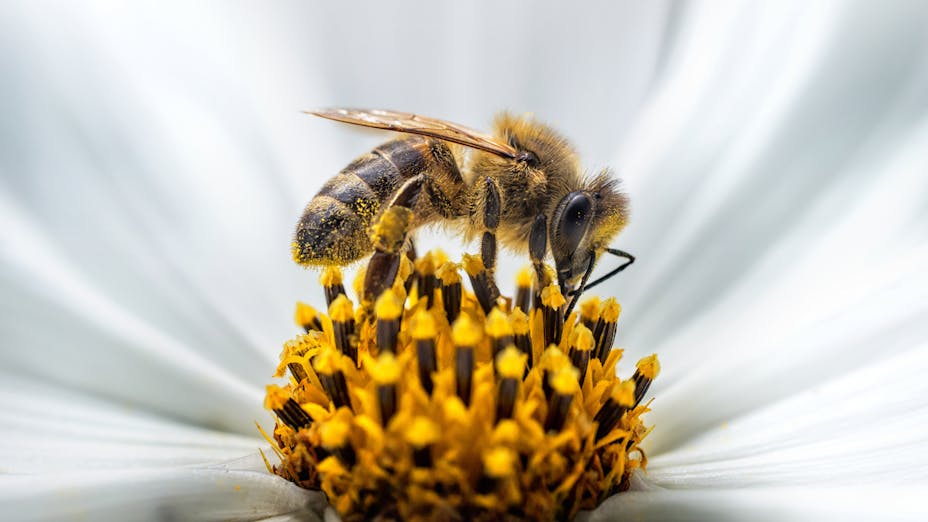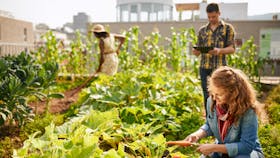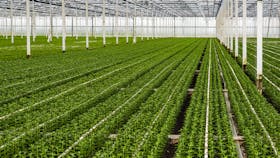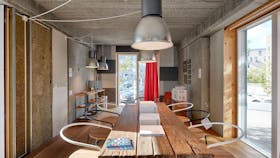It may surprise many city dwellers that their city could be home to more threatened plants and animals than the surrounding countryside. Recent Australian research found more threatened species in its cities than non-urban areas. Increasingly urban areas are seen as vital for the conservation of a wide variety of plants and animals. For example, nearly 15,000 different species have been documented living in Greater London.
Creating areas for urban nature to thrive can be as simple as a few plants on a balcony, a bird box on railing or planting some wildlife-friendly berry plants in the garden. In North America ecologists are asking residents of towns and cities to plant or allow a wild native plant called a milkweed to grow on their gardens, yards well as on school, church, and commercial properties to save the beautiful monarch butterflies from extinction.
"Metropolitan areas actually matter for wildlife conservation, and that's especially true for pol-linators like the monarch that can survive with very small patches of habitat," says Abigail Derby Lewis, a senior conservation ecologist at Chicago’s Field Museum.
Green spaces are not only good for wildlife, they make cities more livable by providing a wide range health and well-being benefits for urbanites and children in particular. Renowned biolo-gist E.O. Wilson says we feel better in natural surroundings because that is where we evolved. Wilson coined the term “biophilia” to explain the fact that humans have an instinctive need to be around other forms of life. There’s plenty of research to show that spending time in nature is good for our health and well-being Wilson said.
A new Danish study found that childhood exposure to green spaces including urban nature, reduces the risk for developing an array of psychiatric disorders during adolescence and adulthood. Japanese studies have shown that being in nature for a couple of hours enhanced our natural killer cell activity and the expression of anti-cancer proteins. Psychological studies show reduced levels of depression, anxiety, anger after a brief walk in a forest or even an ur-ban park. Other studies have documented stress reduction, reduced mortality, and improved cognitive development in children.
However most of humanity now live in urban areas and spend less and less time outside. The average American spends 93 percent of their time indoors according to the US Environmental Protection Agency. Urban nature can bring nature to where we live. Increasingly cities and ur-ban planners are looking at greening the urban landscape. London, England is devoting 50 per-cent of the city to urban nature and taking the bold step of becoming world’s first National Park City.
Bringing Urban Nature’s Benefits to Where We Live
Here’s some great ideas from London’s National Park City Foundation on what city residents can do to make their cities greener, healthier and wilder:
- Pots, beds, lawns and tree pits can all be great places for wildflowers. Fill your balcony or garden with as many plants as you can. Lucky enough to have a lawn? Why not transform part or all of it into a wildflower meadow to provide food and habitat for in-sects, which in turn support birds and other wildlife.
- Have you got a naked wall? Let climbers cover it for you. Imagine if everyone on a street did this! It would be one the most impactful and quickest ways to transform a grey street into a lush green street.
- If every resident turns one square metre of grey space green that can potentially mean hundreds of thousands or even millions of square metres of concrete and stone becom-ing millions of square metres of grasses, wildflowers and ponds.
Diverse green spaces in urban areas that are great for people and a wide range of wildlife from beetles to birds, also absorb carbon, help reduce air and water pollution. And in an era of ex-treme weather caused by climate change, urban green spaces are becoming essential in reduc-ing flooding and cooling cities.
Existing buildings can also be opportunities for expanding the amount of green areas in cities. Green roofs, for instance, are a growing trend. Plants on a roof absorb less heat from the sun and cool the air by evaporating water. One study estimates a cooling effect of 6 °F to as much as 20 °F. It may be hard to care about cooling in midwinter but lowering heat absorption from a building in the summer reduces energy consumption all year around.
People need nature said Chicago ecologist Derby Lewis. And nature needs people in cities and suburban areas to create areas where urban nature can thrive.
Sign up to receive our insights
Let us help you stay knowledgeable and up-to-date within the world of urban planning, climate change, health and much more.
Sign upThank you








